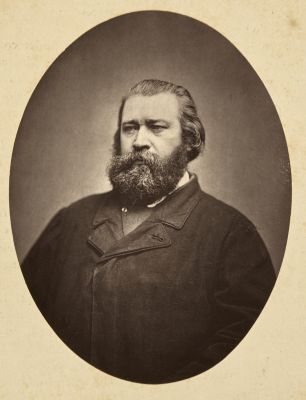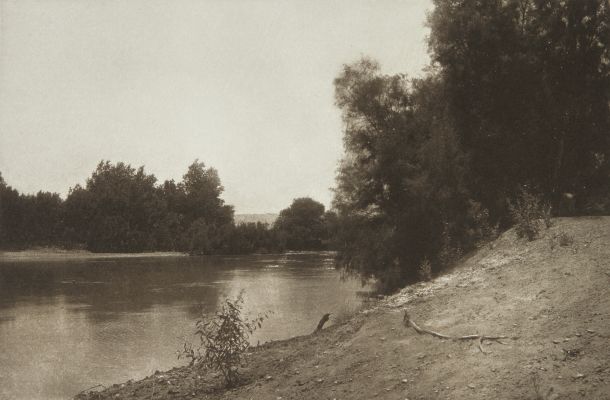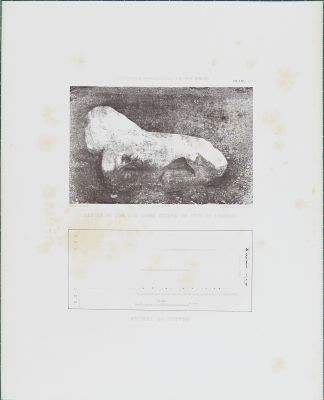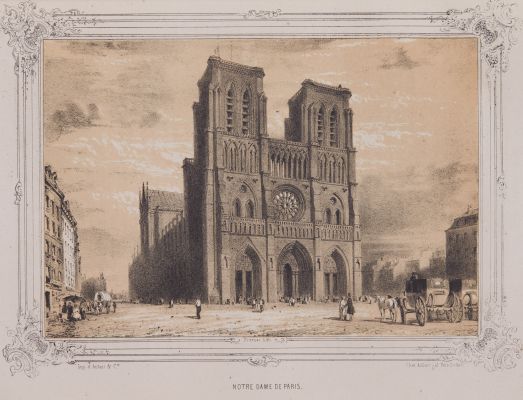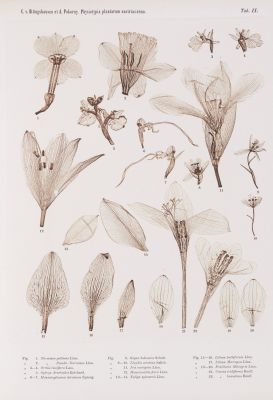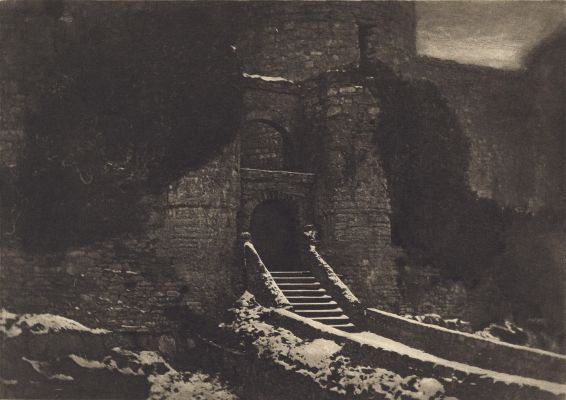
Title
The Book of Fair WomenArtist
Hoppe, E.O. (German, 1878-1972)Publication
The Book of Fair WomenDate
1922Process
RotogravureImage Size
19 x 13.5 cm
In 1920, the year this work was published, the modalities of feminine beauty were in upheaval and fashion was the banner of the new woman’s liberal style. Already famous in the London magazines for his portraits of fashion beauties, Hoppé chose to make a pseudo-typological study of the world’s most beautiful women, defining an ideal “type” for each country. Britain’s Anglo-Saxon women are compared to their Nordic, Latin, Asian, Polynesian, and African counterparts under the ironical synonym that “Fair” equals "Beautiful". This controversial approach was sure to win Hoppé great publicity, which it did.
E. O. Hoppé (1878–1972) was one of the most famous photographers of the early 20th century and a leading figure in the modernist movement, described by Cecil Beaton as "The Master". He moved from Germany to Britain as a young man with the intention of training as a financier, but took up photography and quickly became a top celebrity portraitist. He traveled extensively, and his photography encompassed all aspects of life, from images of literary and artistic figures, to the ballets of Diaghilev, industrial and urban scenes in Britain, the US, and Germany, and life in the developing world. Despite his prominence, he is relatively unknown today–in 1954 Hoppé sold his entire archive to a picture library that categorized the images by subject rather than photographer, and his identity vanished from the photographic record. His oeuvre has recently been reclaimed from obscurity and reunited with his letters and biographical documents, leading to a revival of interest in this important photographer.





